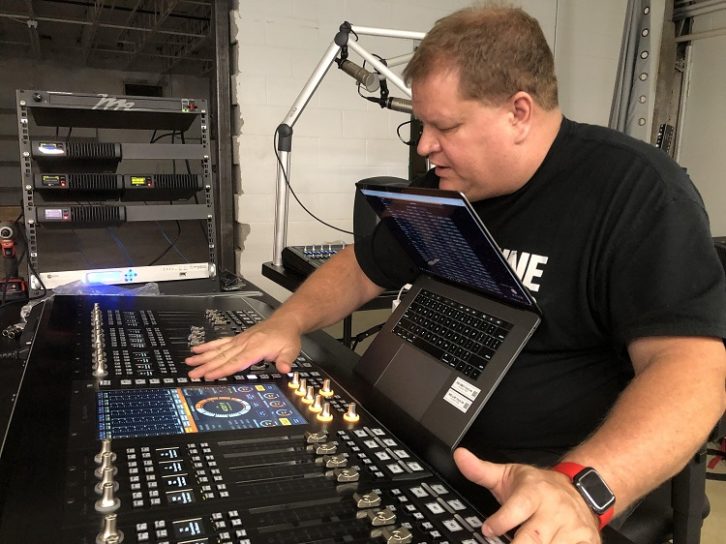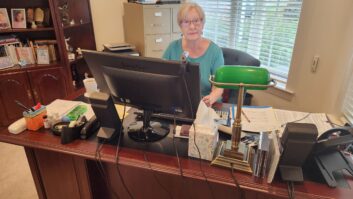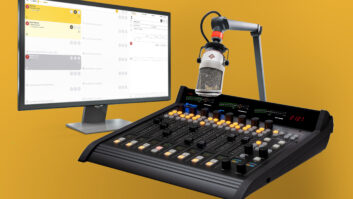A new Radio World ebook explores trends and concepts in remote audio contribution; read it here. Among the technologists who commented in response to our questions is Bill Jackson, principal studio engineer for Educational Media Foundation.
Radio World: What are your organization’s primary forms of “remote contribution” and how do you accomplish them?
Bill Jackson: Show broadcast; recorded interviews; live event broadcast; and voice track.
RW: How has the pandemic changed the way your organization views the role and management of remote audio contribution?
Jackson: The past two years have made our transition from a normalcy bias (“this is how we’ve always done it”) to a proactive mode (“what opportunities do we have”) to accomplish programming goals.
RW: Are there one or more particular products that play a key role in your remote audio workflows?
Jackson: The Telos Systems iPort HD; Tieline codecs; and a proof of concept involving a product I can’t discuss. It is a “codec”-based system.
RW: Can you name a product or feature that you wish manufacturers of remote audio gear would add or make more widely available?
Jackson: Virtualized products — existing products that we can stick in the virtual environment. We see great efficiency in this process. Bare metal is needed at the far end. Hosting as much as I can in the data center brings great value.

RW: We hear a great deal about the virtualization of the broadcast air chain. What are the implications of this evolution on how remote audio contribution is handled?
Jackson: Oh, it’s more than just the “air chain.” A process to virtualize EVERYTHING in a talent-friendly way is the focus.
Our goal is to send a finished product, from any location out of a virtual stack to one, or any combination, of our signals and streaming segments. This is a long-term project that is underway and yields great results in the different subsections of the project. At some point when each subsection is ready, we’ll put the whole thing together and test it fully.
We have challenges — none that can’t be overcome.
RW: What key questions or concepts should a manager be thinking about in purchasing gear for remote audio contribution?
Jackson: I don’t think it is so much of a technical question or concept. It’s a question of stepping out of our comfort zone and re-architecting how we accomplish goals.
What has been successful for us for the past 100 years will not be successful for us in the future. We need to think out of the box and embrace the MERGING of enterprise principles and broadcast principles. We MUST change this fixed mindset that it has to be our way. Likewise, enterprise will need to adjust their mindset from “That is not how it should be done.” We have a great working relationship with our enterprise team. It takes time to foster that relationship and develop trust between the departments. It CAN and MUST be done.
I’m not saying the path is going free of bumps. There will be plenty. Especially over security. Understand each side’s objectives and craft a plan, together, to operate properly and be secure.












